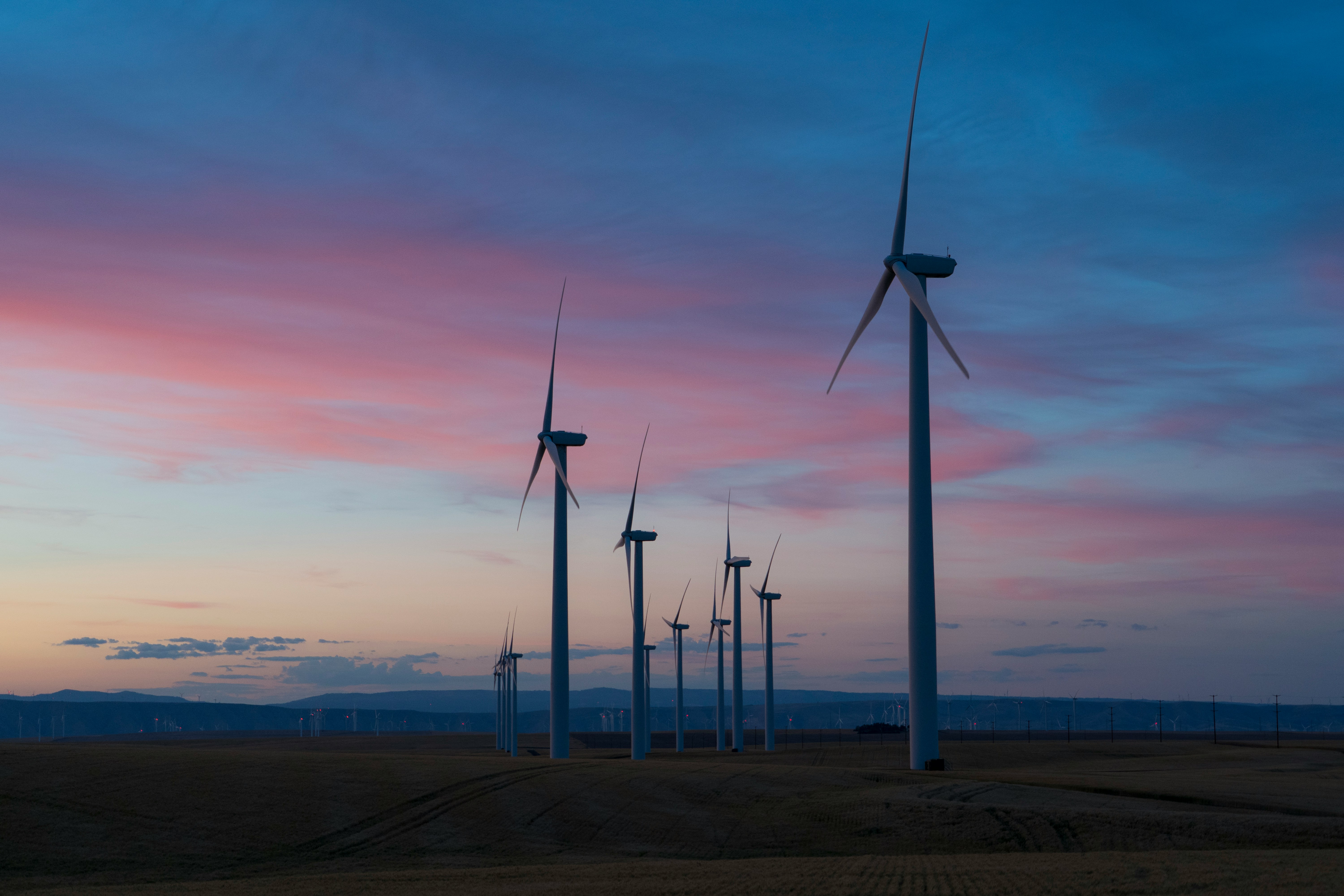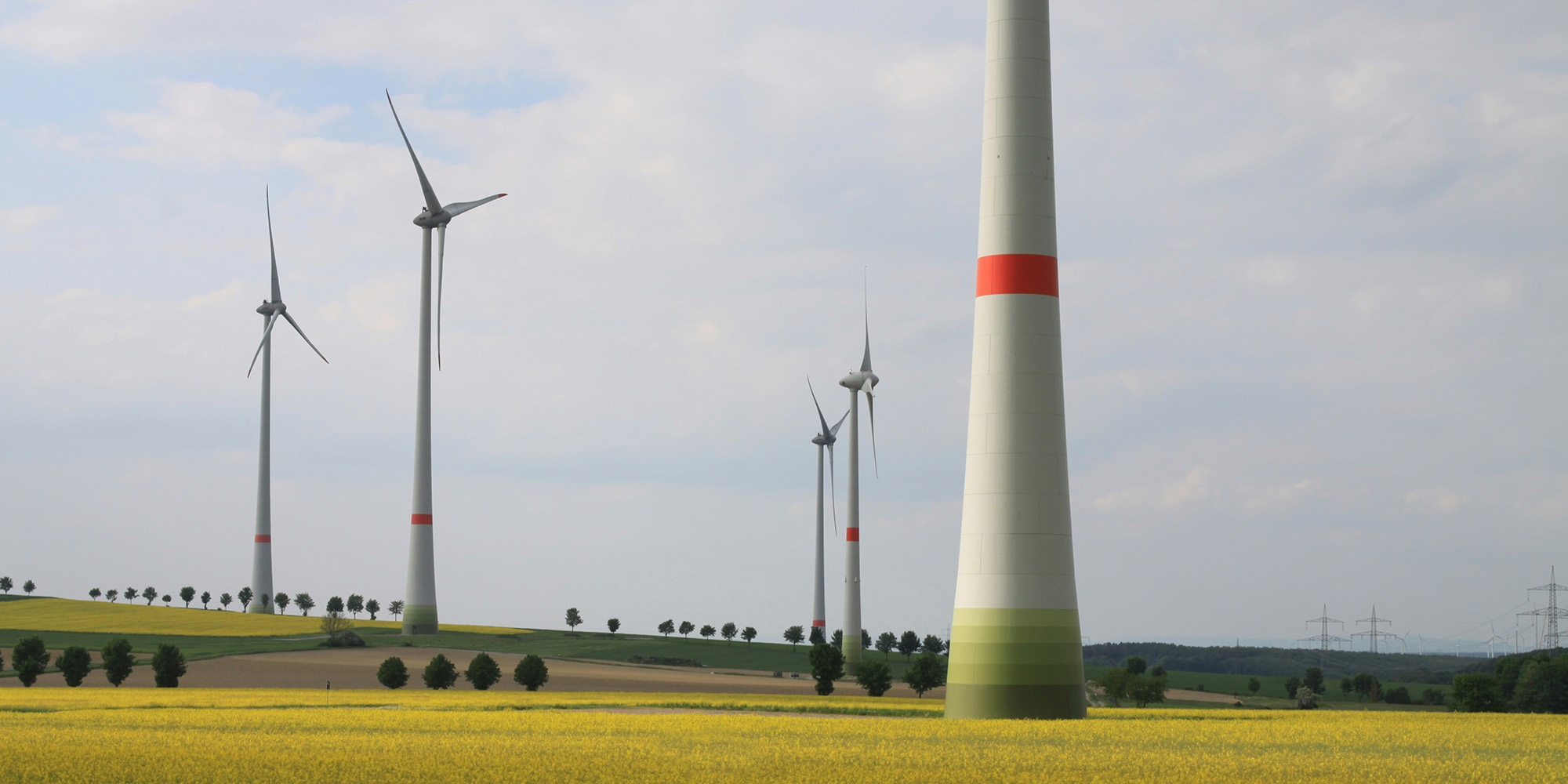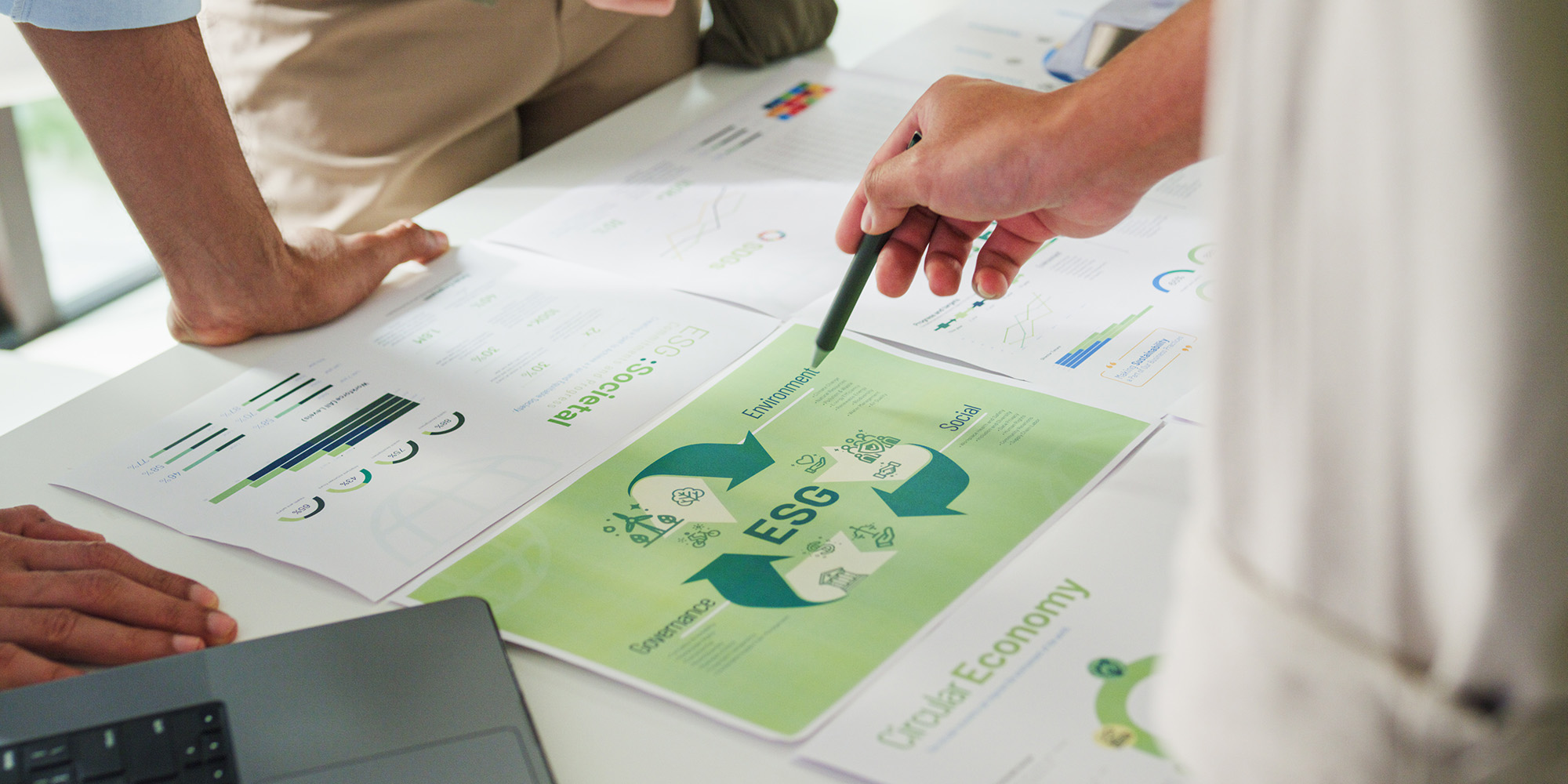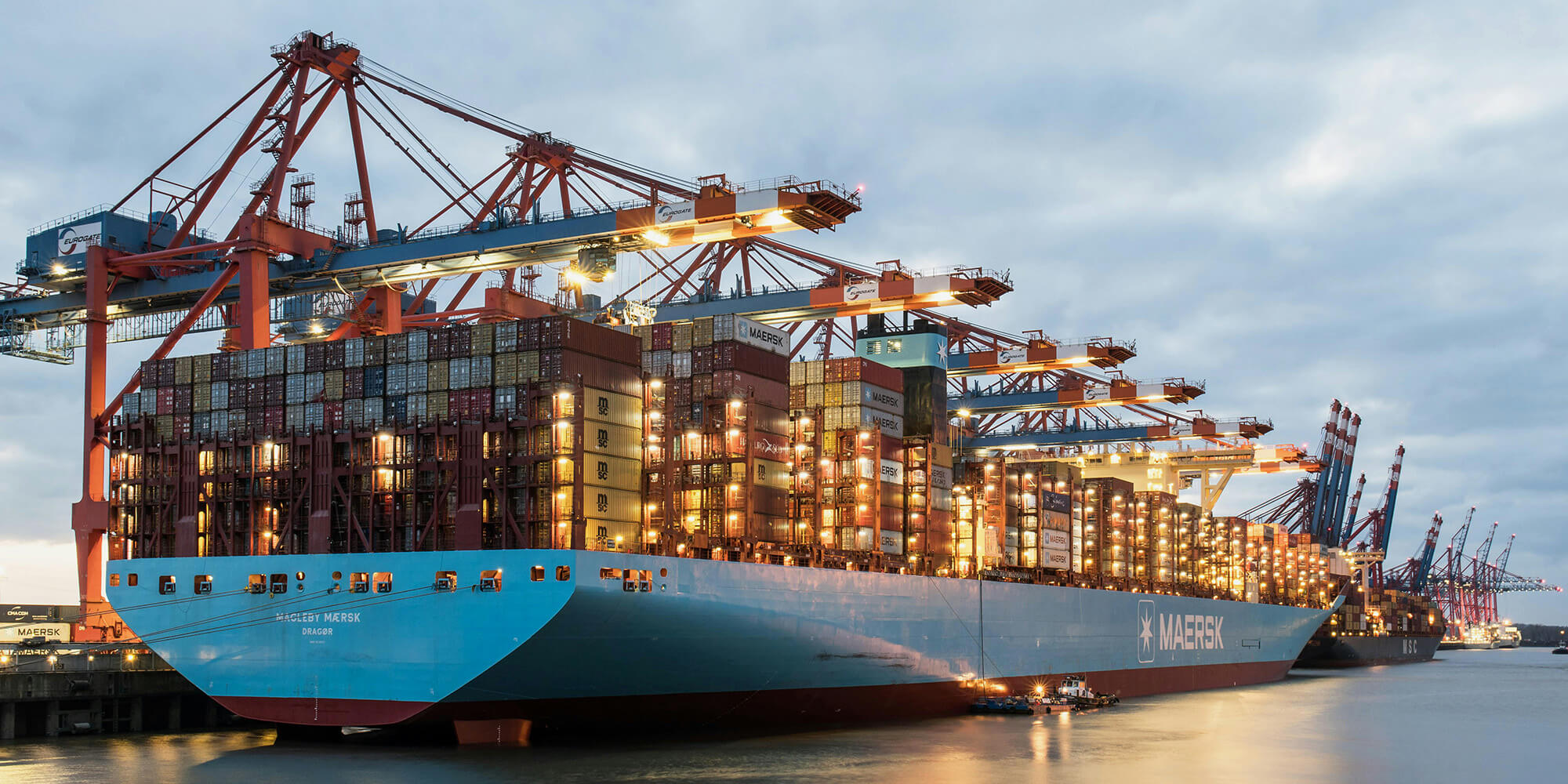They talked about the need for corporates to tackle greenhouse gas emissions in their Scope 3 and the barriers businesses face. What is the ideal first step? How do I plan for a task that seems so big and complex? The answers to all of these questions are in this summary of their chat.

On the left, Preben Munch, Director Global Corporate Sales at Ecohz. On the right, Carlos Sanchez, Climate Advisor at carlossanchez.eco.
Preben: The IEA just published the Global Energy Review, which forecasts that energy production-related emissions will surge by 1.5 billion tonnes in 2021 against 2020 values. The report highlights a few critical points:
- The pandemic induced reduction is not systemic. If this forecast materializes, 2021 will be within a couple of percentage points from the peak year 2019.
- Most of the increase comes from burning coal in Asian power plants, particularly in China.
- Renewable energy (RE) change has been and will continue to be demand-driven. This is directly relevant to the supply chain discussion.
Against this backdrop, we can ask a fundamental question:
Why do corporates need to tackle Scope 3 emissions?
Carlos: Over the past few years working in corporate carbon management, I have noticed that corporates’ Scope 3 emissions are becoming a key focus. There are three reasons behind this interest:
Uptake of net zero targets. According to scientists, we need to reduce 50% carbon emissions before 2030 and achieve net zero before 2050 to keeping us safe from the catastrophic consequences of climate change.
Reducing risk and seeing opportunities. On the risk side, we have transitional risk due to the shift to a low-carbon economy, such as New Zealand's new climate law or the recently approved carbon tax in Canada. Besides, there are opportunities such as attracting ESG investors and reducing the cost of capital.
Size of supply chain versus own operations. According to CDP, companies’ supply chain emissions are more than 11 times greater than companies’ own emissions, so the potential for reductions is huge. That’s why companies aspiring to have ambitious and credible targets must include supply chain net zero targets in their CSR strategy.
Supply chain emissions are on average more than 11 times higher than operational emissions. (CDP 2021)
The Science Based Targets initiative (SBTi) criteria have increased focus on value chain emissions, with specific requirements for companies with 40% or more of their value chain emissions in Scope 3. Engaging with suppliers becomes key to having emissions reduction targets approved by SBTi.
What are the hurdles and barriers to get started on Scope 3?
Carlos: You cannot improve what you cannot measure. Therefore performing a carbon footprint survey with your suppliers should be the first logical step.
The challenge is that collecting information on your suppliers' direct fuel consumption or emissions is not that simple. There are three barriers that most companies find:
The number of suppliers. On average, a corporation has around 50,000 suppliers, and requesting information from them requires tools and know-how.
Quality of data. You need data that you can rely on, and getting from your suppliers quality data for their emissions in Scopes 1, 2, and 3 is challenging.
The workload for the suppliers. When suppliers need to deliver data to their individual customers, it means they have to handle a larger work volume.
Preben, you have experience working with different companies. How can companies get started?
How to get started on supply chain engagement?
Preben: Well, I can answer with a question. How do you eat an elephant? You eat it piece by piece! This means you have to break the total number of suppliers down into smaller groups. 
Engaging all your suppliers at once is too much. With smaller groups, you simplify the start, and the learning curve you are sure to experience becomes manageable. A few recommendations to simplify the process:
-
Start by categorizing your suppliers.
-
Identify a sample group. It can be based on critical strategic suppliers, spending, or related to a specific project.
-
Onboard the sample group and make sure you are clear on why it is essential that they align with your ambitions and targets as a part of your value chain.
Customer example: where to start reducing supply chain emissions
Carlos: In the initial stages, do you typically gain some low-hanging fruit benefits?
Preben: As an example, last year, we started working with a global brand of consumer electronics. To help them and other companies overcome the challenge of engaging their suppliers, Ecohz developed Renewable energy for Scope 3, a service designed to cut Scope 3 emissions and enable your suppliers to easily purchase clean energy. It can also include the use of a digital platform called Supply Chain Portal.
In this first phase, our client defined a minor group of important strategic suppliers and we worked with them to help them understand the RE market, the different solutions available, and how to implement them. Because this first sample was small, we could handle the process, creating a win for the customer.
Getting it right with the first group allows companies to collect low-hanging fruit, compared to targeting a large supplier population in one go. We then move on towards the next, more extensive group of suppliers, growing the positive on Scope 3 and creating new wins.
How can a corporation's own targets benefit the supply chain?
Carlos: When you think about reducing carbon emissions from your suppliers or a sub-set of suppliers, you should focus on cascading corporate ambition and building the suppliers’ capabilities.
In the area of reducing emissions, renewable energy is a significant tool that companies use. The RE100 initiative, a group of the world s most influential businesses committed to 100% renewable electricity, has celebrated the milestone of 300 members. These companies have started to transmit their ambition to their suppliers.
"When you think about reducing carbon emissions from your suppliers or a sub-set of suppliers, you should focus on cascading corporate ambition."
The good news is that if you have built capabilities to achieve decarbonization goals within your company, you can use them to help your suppliers. You can share experience from Scope 2, enhance the capacities of procurement teams, develop specific programs in key categories, and get support from external consultants when needed.
How comprehensive must measuring and reporting be in the initial phase?
Carlos: Measuring the impact of Scope 2 reduction is easy. You just multiply your consumption with the country’s or your supplier's emission factor, and you have the emissions.
Scope 3 is much more complex. In the initial phase, most companies use spending data and use Environmentally Extended Input-Output (EEIO) tables to estimate their emissions. This approach is excellent for the first model.
Nevertheless, you should aim at incorporating data from your suppliers overtime to track improvements and to increase ownership among your procurement team.
How to get started to reach net zero, and what is the role of carbon offsetting?
Preben: Reducing supply chain emissions is wider than using renewable energy. How do carbon offsetting and insetting fit into the picture?
Carlos: Companies should reduce their emissions according to the latest science. In this sense, the Science Based Targets Initiative (SBTi) enables businesses to take swift climate action by setting ambitious emissions reduction targets.
Once companies have worked on energy efficiency, purchased renewable energy, switched fuels and reduced supply chain emissions, they still have some unavoidable emissions that need to be addressed. Those residual emissions should be balanced out with investments in activities that reduce/avoid or remove CO2 from the atmosphere by using voluntary carbon offsets.
In any case, companies should start by using offsets validated, verified and registered under well-known standards such as Verra, Gold Standard, or the Voluntary Carbon Standard. Businesses must transparently and publicly communicate the use of carbon offsetting and invest to fund programmes that empower local communities, tackle poverty, and contribute to other Sustainable Development Goals (SDGs). 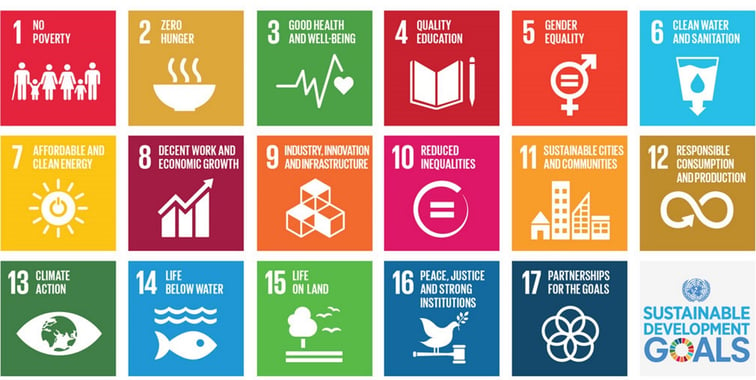


.png?width=3840&height=2560&name=Sun(1).png)

.png?width=3840&height=2560&name=Landscape_2(1).png)
